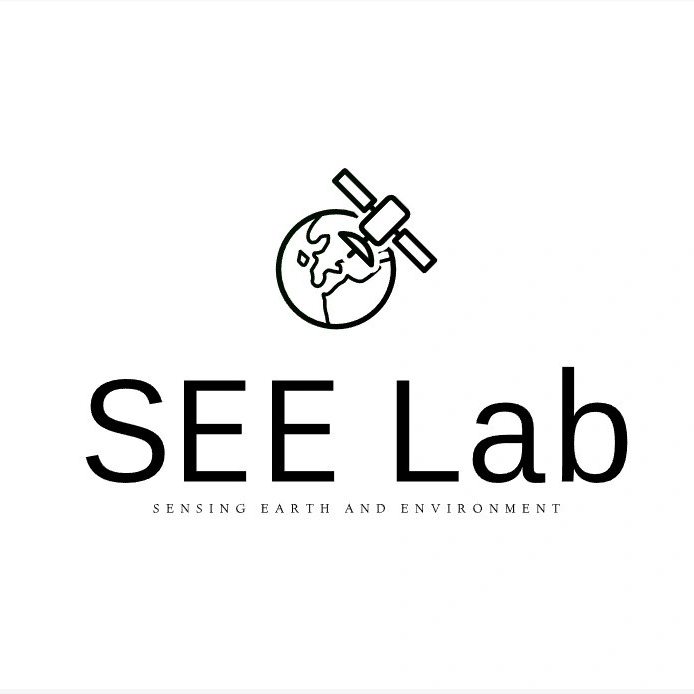Sensing Earth and Environment Lab

Our driving motivation comes from a strong interest in exploring how vegetation, climate, and our surroundings interact with a particular focus in the urban and coastal environments, all thanks to geospatial technology.
~This lab is run by two independent researchers, Kazi Jihadur Rashid and Rajsree Das Tuli, as part of their research endeavors.
Updates

Themes of our Work
Environmental Change and Remote Sensing
We are passionate about understanding how our environment is changing using remote sensing technology (multispectral, hyperspectral, SAR, and Lidar). From tracking shifts in forest and agricultural land use to studying rainfall patterns and river transformations, our research provides insights into the ever-evolving landscapes of Bangladesh. We aim to use this knowledge to make informed decisions and protect our environment in the face of climate challenges.
Ecosystem and Environmental Management
Exploring Bangladesh’s diverse ecosystems is our passion. We study the effects of rising seas, geomorphological changes, and the impacts of urbanization on our environment. Our goal is to not only understand but also protect the natural beauty and ecological balance of our landscapes.
Urban Development and Sustainability
We are on a mission to make our cities in Bangladesh smarter, more sustainable, and more livable. Through our research, we dive into the patterns of urban growth, explore innovative solutions for sustainable urban living, and even investigate the benefits of rooftop gardening. Join us in shaping a greener, more resilient urban future.
Geographic Information Systems (GIS) and Mapping
We love using Geographic Information Systems (GIS) and mapping techniques to make sense of our world. Whether it’s mapping rubber plantations, tracking land cover changes in hilly areas, or supporting population census efforts. We are here to harness spatial data for better planning and development in Bangladesh. Join us in uncovering the power of GIS.
The Highlight
The massive influx of Rohingya refugees to the Teknaf Peninsula in Bangladesh resulted in the construction of makeshift camps, leading to the destruction of a significant amount of forested area near the existing Kutupalong and Nayapara camps. The refugees also encroached upon nearby forested areas for collecting fuelwood and other purposes.

Using Landsat 8 satellite images, the study employed the Random Forest algorithm to identify changes in vegetation from 2017 to 2019. The results showed that approximately 1876 hectares of forested lands were converted into non-forested areas during this period.

This alarming rate of deforestation poses a significant threat to critical habitats already marked as endangered. It puts substantial pressure on the local environment, and the region may become barren, leading to further increases in land surface temperature. These factors could ultimately trigger climate change impacts and biodiversity loss in the area.
The analysis also examined changes in land surface temperature. The LST increased spatially across the entire region, with a maximum temperature of 34 °C, significantly higher than the pre-influx period.
